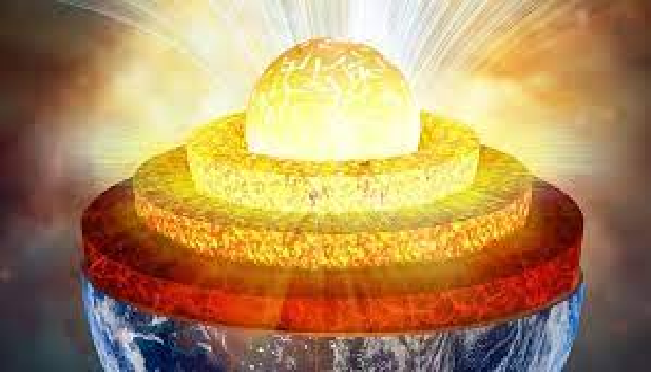The structure of Earth’s core could be unlike any other state of matter, researchers have found.
Source: USA Today
Yu He, a physicist at the Chinese Academy of Sciences and lead author of a study published this month in the journal Nature, said the calculations challenged what researchers once understood about the inner core.
He and his colleagues found the inner core creates a “superionic state” made up of hydrogen, oxygen and carbon. He said it’s unlike any solid or liquid form.
“It is quite abnormal,” He said in a statement to USA TODAY. “The solidification of iron at the inner core boundary does not change the mobility of these light elements, and the convection of light elements is continuous in the inner core.”
Because the researchers couldn’t directly study the Earth’s core, they analyzed earthquake data and created simulations that mirrored the pressures and temperatures found at the inner core. Rather than a solid compressed ball of iron alloy, He’s study found superheated solid and liquid states known as “superionic” during the simulations.
The study leaves one question unanswered: Why is this superionic form found in the Earth’s inner core? He said more research is needed.
“I think more studies are needed to explain other seismic features, such as seismic anisotropy, in the inner core,” He told ABC Science News.
Source: USA Today

































Leave a Comment
You must be logged in to post a comment.